The losses caused by the Sino-U.S. trade war to China are the divestment of foreign investors and the relocation of the global industrial chain. Along with the resetting the industrial chain are capital outflows and unemployment for several developing countries, including China.
The United States has become a safe haven for global investors due to the reform of the tax system and the loosening of supervision. In August, there were 201,000 new jobs in the United States, and the unemployment rate was down to 3.9 percent. However, China’s serious unemployment problem has become worse due to the massive withdrawal of foreign capital.
Unemployment Statistics With Chinese Characteristics
The Chinese regime has been expanding its censorship. In recent months, even negative news concerning the trade war, unemployment, loss of foreign exchange reserves, stock market and the real estate market have become sensitive topics subject to censorship. Despite this, there are still various methods available for measuring the severity of China’s unemployment.In mid-August, the National Bureau of Statistics (NBS) announced that the unemployment rate in urban areas nationwide was 5.1 percent in July, rising 0.3 percent from the previous month.
Scholars analyzing the Chinese economy never trust this kind of data. It might be called “statistics with Chinese characteristics.” Starting this April, the authorities changed the method of measuring unemployment from using a “reported urban unemployment rate” to a “surveyed unemployment rate.” Meanwhile, they also commissioned a team of team of experts to write a paper called “Comprehensive Analysis of the Surveyed Unemployment Rate Reflected in Nine Issues” to prove that the “surveyed unemployment rate” was more reliable than the previous “reported urban unemployment rate.” However, all experts know that unemployment rate surveys “with Chinese characteristics” do not reflect reality either.
The data provided by the government only accounts for urban unemployment, and ignores the hundreds of millions of working-age rural unemployed. In 2017, the Meteor Federation of Journalists (also known as the Youth Media Association) conducted a survey on the actual unemployment rate and published its findings in an article titled “China’s Unemployment Rate—the Hidden Truth.”
Key points from the article may be reiterated as follows: the total Chinese population in 2016 was 1.383 billion, including 907.47 million people between the ages 16 and 59. Deducting 68.6 million students enrolled in high schools, universities, and vocational school leaves a working-age population of 838.87 million, accounting for 60.7 percent of the total population. According to statistics, the total number of employed was 774.63 million.
However, the study brought up a critical issue: Chinese peasants do not retire and are included in the “employed” category for life. Elderly peasants, defined as those over the age of 60, numbered 129.28 million, a number that must be subtracted from the total employment figure. As a result, the real number of employed, working-age Chinese was 646.75 million — a difference of 192.12 million compared with the total number of working-age Chinese not enrolled in education or training. By this metric, the real Chinese unemployment rate is 22.9 percent.
Demographic statistics from this year paint a mirror image of the 2016 situation. The real rate of unemployment is still over 22 percent, even without factoring in the effects of the Sino-U.S. trade war that began this March.
At present, there are three factors exacerbating China’s unemployment crisis.
Dual Impact of the Trade War: Withdrawal of Foreign Capital and Surge in Unemployment
The withdrawal of foreign capital from China that began this year has become irreversible. Although the Chinese authorities maintain stubborn resistance to this shift, the Ministry of Commerce acknowledged at a regular press conference held on Sept. 20 that tariffs imposed by the United States on $200 billion worth of Chinese goods have affected six categories, including the electromechanical industry and light industries such as textiles. Among the affected enterprises, foreign companies accounted for 50 percent. The Ministry of Commerce claims the U.S. tariffs harm not only the interests of Chinese and American companies and consumers, but also the security of the global industrial chain. The last sentence refers to the fact that foreign capital is withdrawing or considering withdrawal from China.On Sep. 13, the American Chamber of Commerce in China and the AmCham Shanghai published a survey conducted on more than 430 US companies in China. Thirty-five percent of the companies surveyed have transferred production from China to other countries such as those in Southeast Asia, or are considering doing so.
According to statistics from Japan’s Kyodo News, 60 percent of Japanese companies have been transferred or are in the process of transferring from China to other countries, while the remaining 40 percent are deliberating on how to withdraw funding.
As for Taiwan-funded enterprises, the Japanese financial newspaper Nikkei reported on Sept. 16 that Taiwanese factories manufacturing shoes for Nike, Adidas, Under Armour and other brands have moved their production lines to Southeast Asia and India.
In order avoid the tariffs about implemented by Washington, even Chinese-funded enterprises and manufacturers are moving. Many Chinese factories are transferring their assembly lines abroad.
The Hong Kong-based Kerry Logistics Network Limited, Asia’s largest shipping and logistics company, is currently moving its production lines for customers in different countries from China to Malaysia, Vietnam, Myanmar and even Laos.
What kind of impact does the withdrawal of foreign capital have on Chinese employment? A widely quoted figure is that according to official estimates, the total number of people directly employed with all foreign-invested enterprises is more than 45 million people. In addition, there are countless suppliers and upstream and downstream enterprises that rely on foreign capital to survive, involving hundreds of millions of people.
According to Bloomberg News, on Sept. 11, China’s chief economist Zhu Haibin of JPMorgan Chase & Co. stressed in his research report the profound impact of tariffs on China: if the United States imposes a 25 percent tariff on $200 billion worth goods exported from China, and China does not retaliate, it may leave three million people unemployed. If China uses the following methods to retaliate, including imposing counter-tariffs on U.S. good and depreciating the yuan by 5 percent, then 5.5 million people will lose their jobs and the GDP will decrease by 1.3 percent.
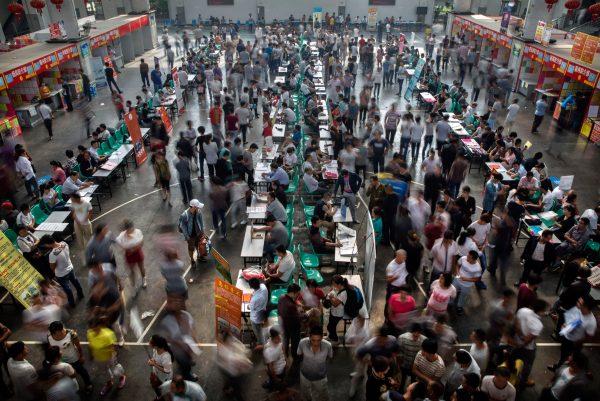
China’s AI Policy Leads to Structural Unemployment
Like many developed countries, the Chinese labor force faces increasing competition with robotic production.A September report published by China Development Research Foundation and Sequoia Capital China, a venture capital firm, shows that several companies in export manufacturing industries in Zhejiang, Jiangsu and Guangdong provinces have reduced their labor pool by 30 to 40 percent over the past three years. In the past decade, Hangzhou Wahaha Group, a Chinese beverage company, has reduced the number of workers in its assembly line from around 200 or 300 to just a handful of personnel.
Robots competing for jobs once done by humans occurs in many countries, making unemployment an unavoidable trend in many cases. Some governments are considering various kinds of “robot taxes” to make up for the loss of human taxpayers.
Xavier Oberson, a professor and tax lawyer at the University of Geneva in Switzerland, advocates taxing robots proportional to their productivity—especially considering that a robot can generally replace more than one person. He recommended that funds accumulated through these taxes be used for social security funding and training for the unemployed.
South Korean and French politicians have also put forward similar proposals, hoping to use increased taxes to increase unemployment welfare. The Chinese authorities are aware of the increase in unemployment brought by AI, but apparently have not considered specific countermeasures.
Increasing Social Security Taxes Leads to Increased Unemployment
On Aug. 27, the State Administration of Taxation issued a tax reform to be implemented on Jan. 1 next year. The new policy introduces two major changes. First, it will be impossible for enterprises to conceal the actual number of employees and avoid paying social security taxes. According to the “China Corporate Social Security White Paper 2018” released by the independent social security agency 51 Shebao in late August, 73 percent of Chinese companies were not in compliance with state regulations, i.e. they were not paying the social security fees as demanded of the actual wages. After the new policy is implemented, the possibility of companies’ escaping social security taxes will be greatly reduced.The tax reform will increase the corporate tax rate from 31 percent (13th highest in the world) to the second-highest in the world at 44 percent.
The implementation of the new social security tax policy increases the burden on enterprises will increase. Many media have published articles discussing this issue. According to the author of “In the Next Year, Please Prepare for Unemployment,” if a company pays one employee 10,000 yuan ($1,440) a month, the company needed only to pay the lowest social security tax in the past, but going by the new policy, the employee has to pay an additional 640 yuan ($92) per month while companies have to pay an additional 1,860 yuan ($268) per employee per month, making the additional cost for hiring an employee more than 20,000 yuan ($3,200) a year. For a small company with around 10 employees, it will cost an additional 200,000 plus yuan ($32,000) a year. The increase in costs directly reduces the profits of small and medium-sized businesses, which will be forced to lay off workers in order to survive.
The trade war has not yet ended, but its impact on China is gradually emerging. The Chinese Communist Party (CCP) does not want a trade war with the United States. Beijing has long acted as if opening up the market to Western countries is a special privilege it has afforded the West, while failing to recognize the thanks that China’s economic prosperity owes to the international trade system.
Ever since 2003, when the CCP announced its “peaceful rise,” it has been trying to change the international rules.
In 2014, Xi Jinping publicly proposed his diplomatic guiding principles: “It is necessary to comprehensively consider and use both international and domestic markets, international and domestic resources, and international and domestic rules.”
Since the existing guardian of these rules is the United States, if the CCP were to rewrite and dominate the standards of international conduct, it would have to challenge the United States. But when the trade war came, it was unexpected, and China did not have enough assets for competition.
He Qinglian is a prominent Chinese author and economist. Currently based in the United States, she authored “China’s Pitfalls,” which concerns corruption in China’s economic reform of the 1990s, and “The Fog of Censorship: Media Control in China,” which addresses the manipulation and restriction of the press. She regularly writes on contemporary Chinese social and economic issues.
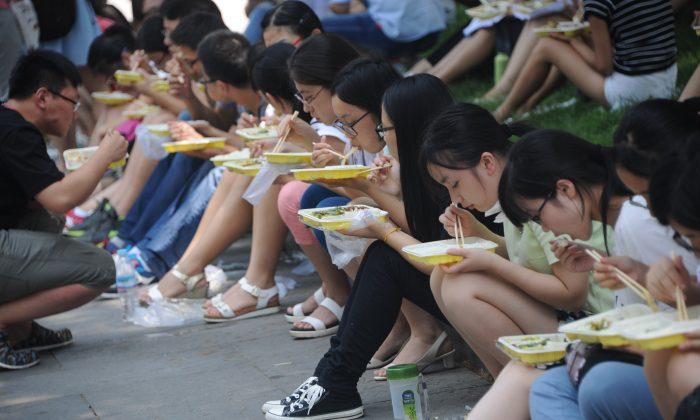


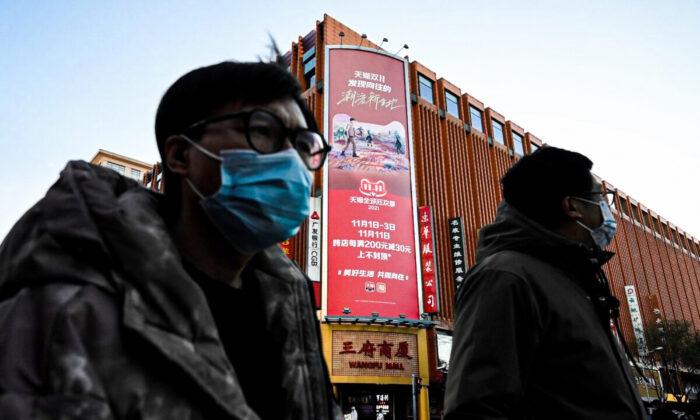
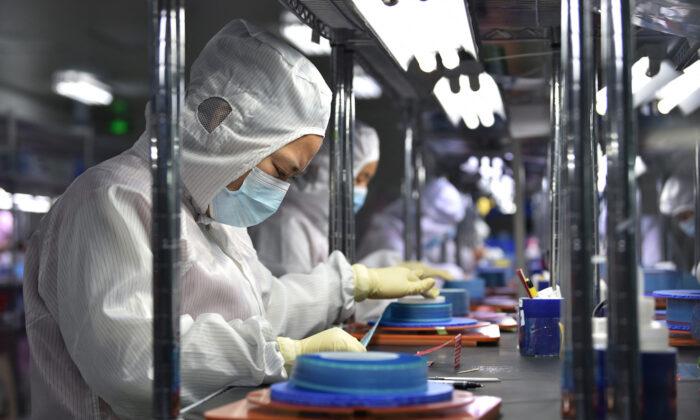
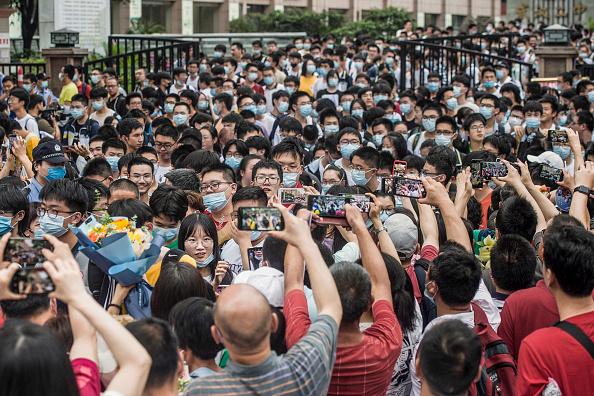
Friends Read Free